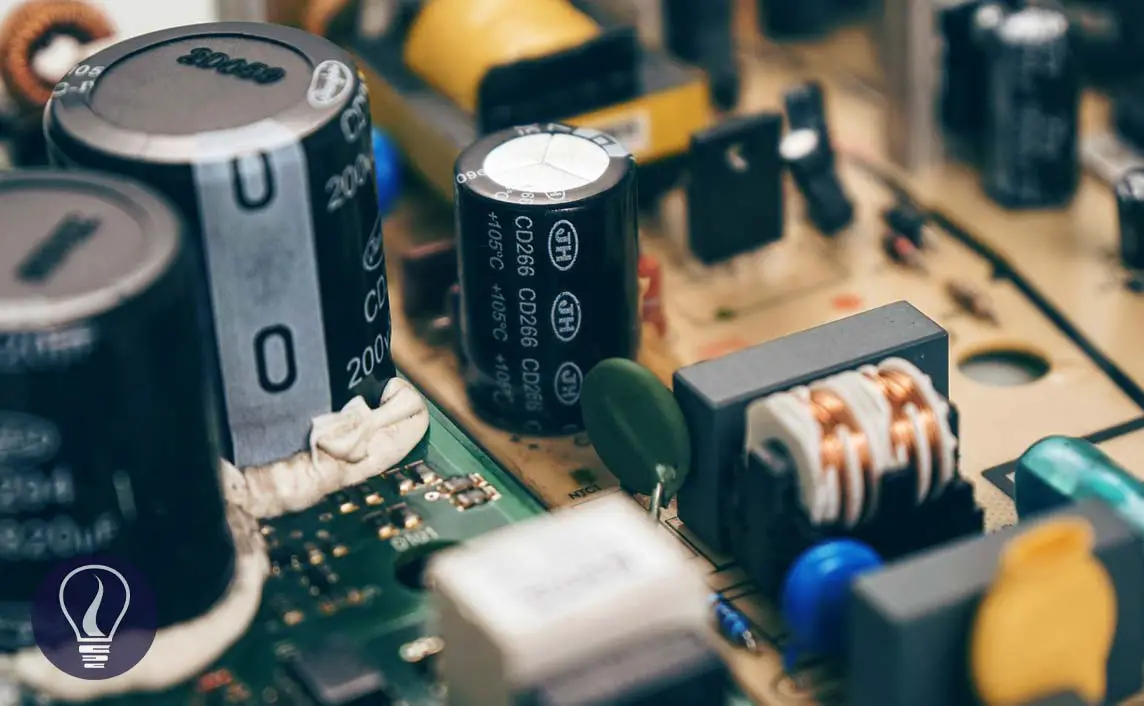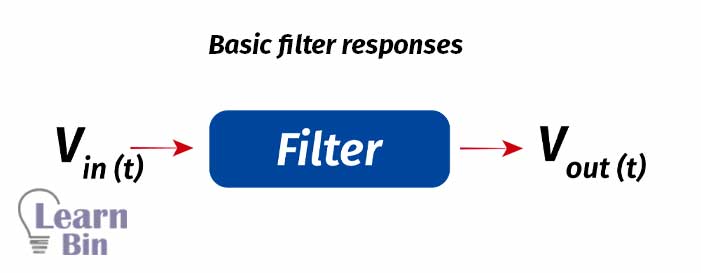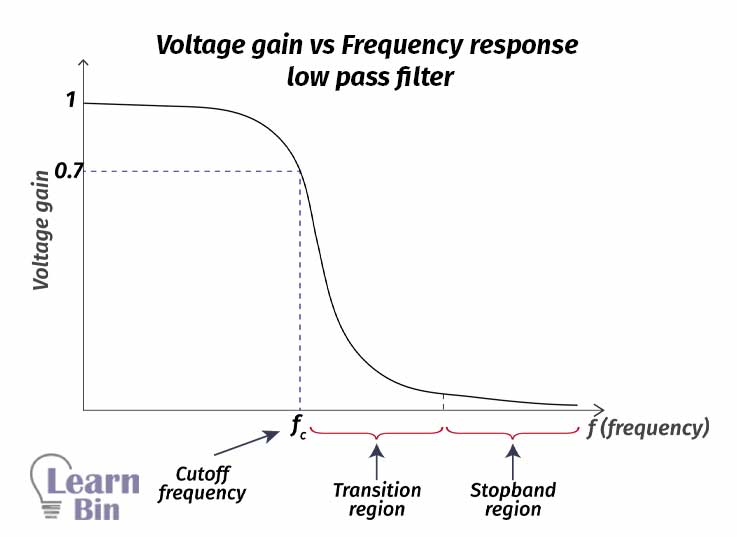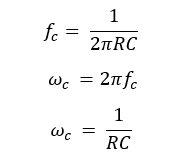More results...


In electrical circuits, filters are used to process signals. The main purposes of a filter are signal separation and signal restoration. Filters are circuits that can pass signals within a band of frequencies while rejecting or blocking signals of frequencies outside this band. This property of filters is known as the “frequency selectivity” of the filters. Filters are categorized in several different ways.
| According to the component used | According to the input signal |
| Active filters Passive filters | Digital filters Analog filters |
Active devices are devices that can amplify, producing an output signal with more power in it than the input signal. The additional power comes from an external source (Power supply). The devices with power gain are distinguishable by their ability to make oscillators by feeding some output power back into the input.
If a device does not have a built-in power source, it is called a passive device.
The main purpose of both analog and digital filters is to remove unwanted signals and pass signals in a specific region. But analog filters remove all the signals above or below a certain frequency whereas digital filters can precisely be programmed.

If a filter (any type of filter) has a voltage supply, Vin, and the output voltage will be Vo. The gain of voltage (A) of the filter is given by,


The stop band is the range of frequencies that have the most attenuation.
Critical frequency, fc (also called the cutoff frequency) defines the end of the pass band and is normally specified at the point where the response drops –3 dB (70.7%) from the pass band response.

Where,
The pass band of a filter is the range of frequencies that are allowed to pass through the filter with minimum attenuation (usually defined as less than -3 dB of attenuation).
The area where the fall-off occurs is the transition region.
Active filters are constructed by using an op-amp as the active element combined with RC (resistor-capacitor circuit), RL (resistor–inductor circuit), or RLC (resistor–inductor-capacitor circuit) circuit as the passive elements. Passive filters are constructed using capacitors, resistors, inductors, etc. There are no amplifying components like op-amps in passive filters. There are four main types of filters.
Each of these filters will be described in detail in separate articles.
Active filters are mainly used in communication, Analog Instruments, and signal processing circuits.
Filters are also used in a huge range of applications.
